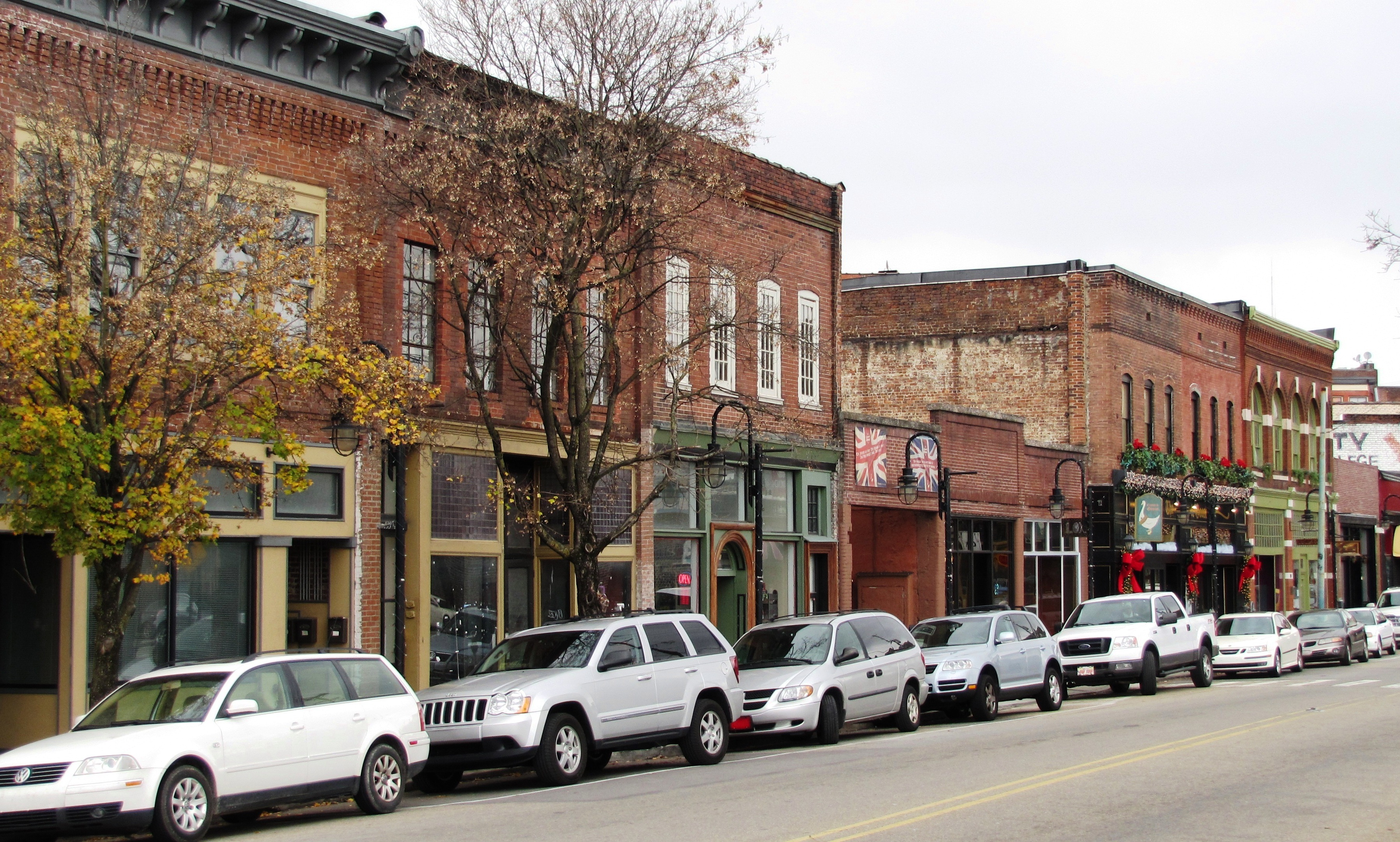In urban design parlance, a "node" is a concentration of activity in a city, usually dining, shops, and higher density residential. Most development doesn't spread out evenly- entrepreneurs tend to bunch together and create a critical mass to attract customers. It must be something in our psychology from living in cities for thousands of years. Even in decentralized suburbia we made artificial nodes called, you know, "malls."

What is our best known node? Market Square. Imagine if we took all the restaurants on the Square and spread them out through the city. Would they do nearly as well? Urban nodes tend to form organically, usually with a pioneer (e.g. Tomato Head) forming the nucleus and gradually spreading out with a mix of successes and failures. Often they form hermit crab-like in historic nodes of yesteryear (Old City, Happy Holler).

More exciting to me, new nodes are forming elsewhere in the city. But always, ALWAYS, people say "That will never work." They're the same people that say "There's too many homeless around there for a restaurant." They forget that fifteen years ago Market Square had bums sleeping on all the benches. Did we "clean up the rifraff" and THEN the restaurants and shops moved in? Emphatically, NO. Brave souls came downtown and put a lot of there own money on the line to open up shop. Only after it was moderately successful did the police get tough on aggressive panhandling and vagrancy. The point is, people went and supported those businesses before it was "safe."
So I'm skeptical when I hear the same criticisms of new nodes. We see the pioneers, predict failure, and ensure their failure by returning to our familiar places. Not all new things will be good. Some nodes will fail. But I feel it's our civic duty to make ourselves aware of what's going on and go out there and try it out. Supporting the pioneers of today means we're helping build the urban nodes of tomorrow.
View Nodes in a larger map
Friday, September 30, 2011
the social history of an urban node
Posted by
ck
at
10:49:00 AM
![]()
Labels: ck, development, downtown, urban design
Subscribe to:
Post Comments (Atom)

























2 comments:
I like this concept, and I've noticed that some of my favorite cities have a good balance of nodes that seem to provide life to the small neighborhoods around them.
One question CK -- I see you've got Arthur St/Mechanicsville labeled on your map -- what's happened there since 501 Arthur shutdown?
I've talked to the owner- plans are underway to reopen some kind of revamped version. We'll see...
I put it on the map because it represents one of those historic nodes that aren't currently active but interest has been shown in them.
Post a Comment